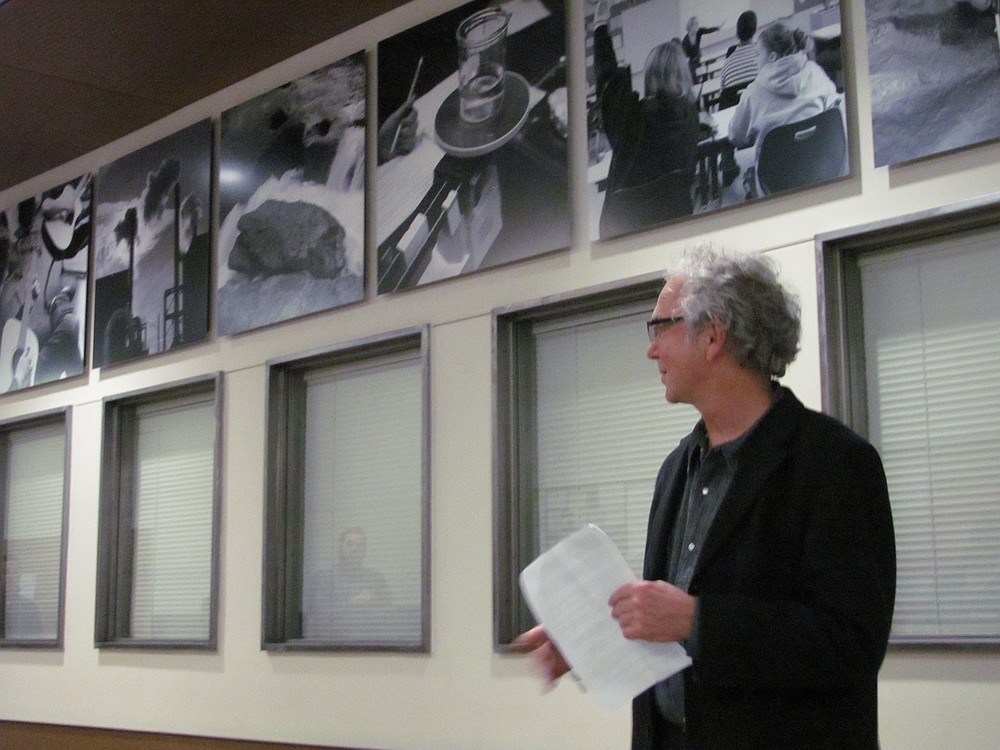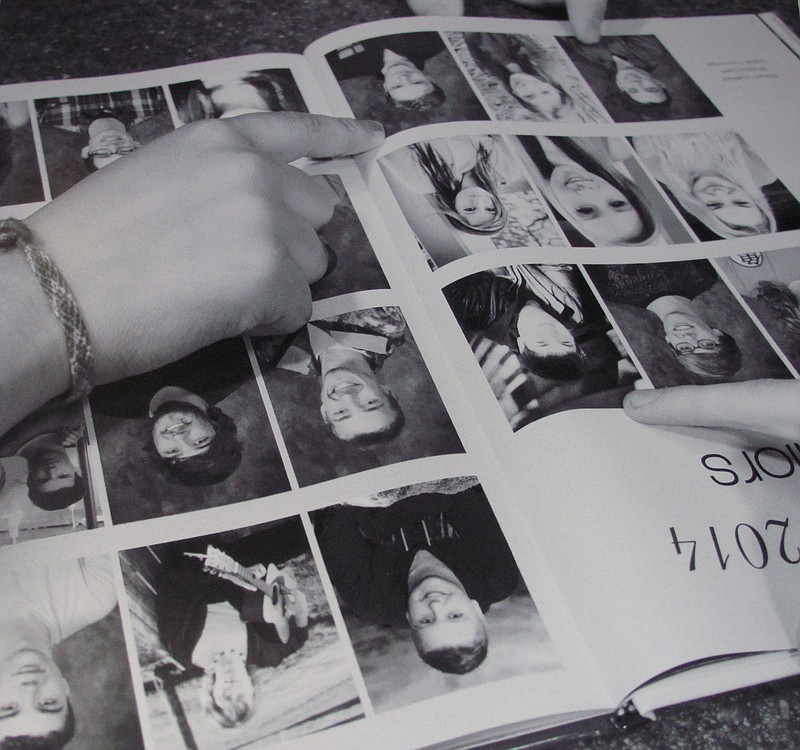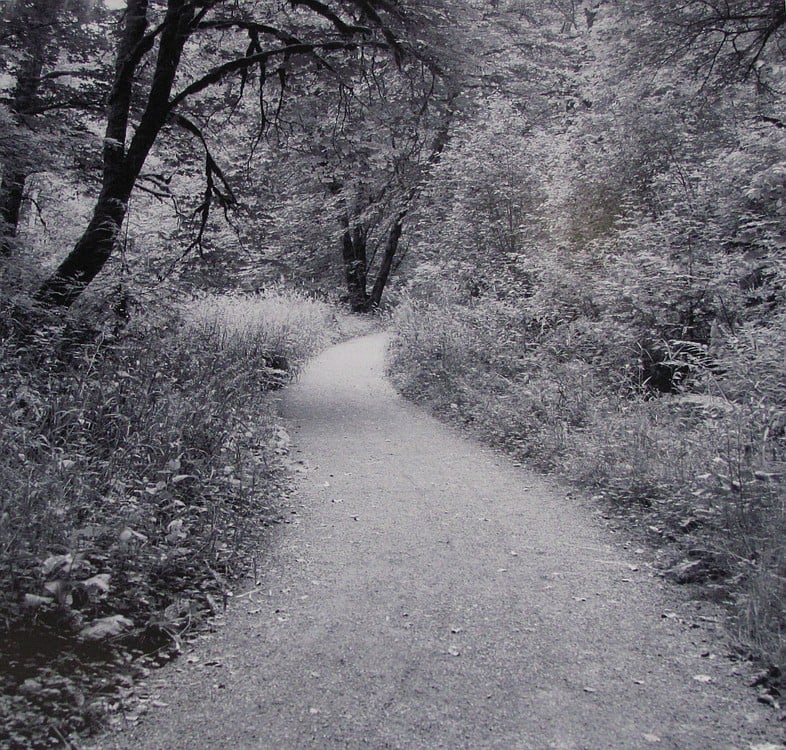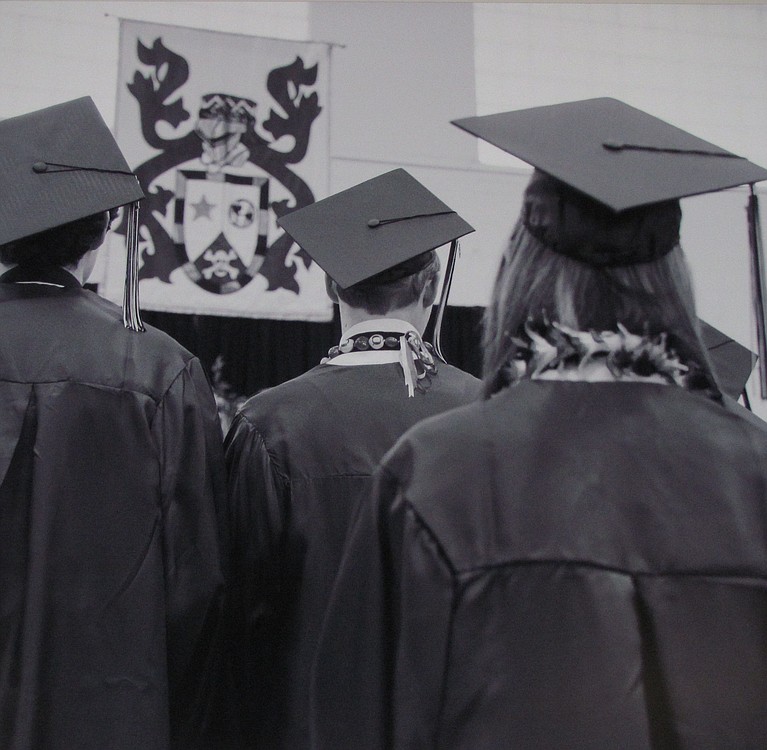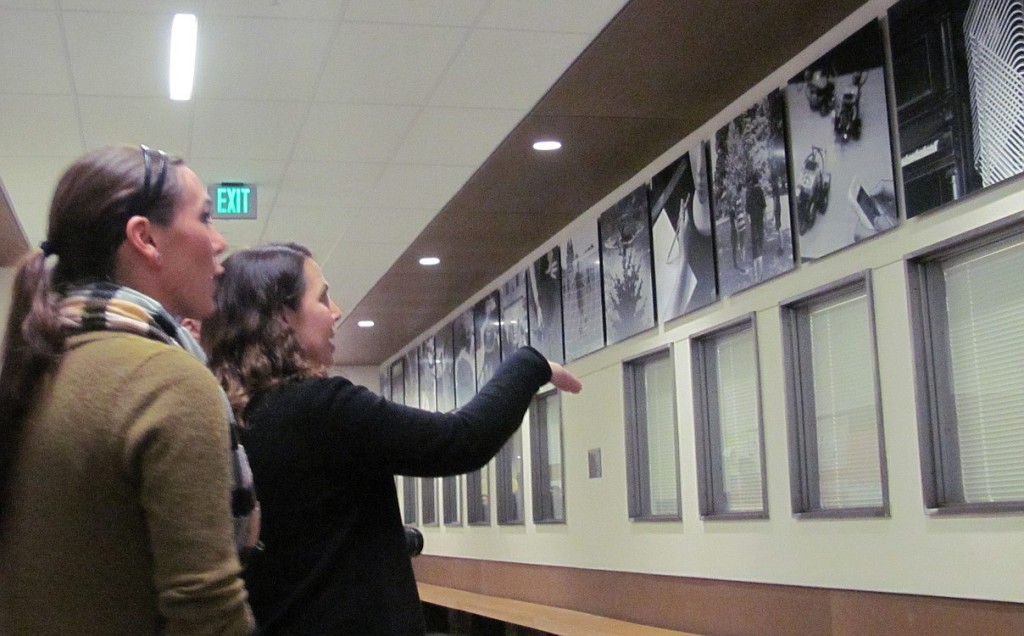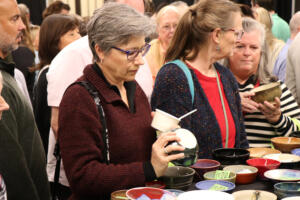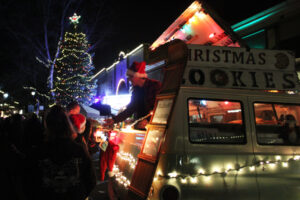“This represents how the students are developing in their own individual ways, and the sense of possibility that lies ahead of them.”
— Peter de Lory
As a dyslexic child who struggled with reading and math, Peter de Lory learned early on to rely on the visual world.
He turned that survival skill into his passion, and works as a photographer. Recently, he was selected as a commissioned artist for a year-long project at Hayes Freedom High School in Camas. Built in 2010, the 200 (capacity) student school provides an alternative to the traditional high school experience.
The project was funded through the Washington State Arts Commission Art in Public Places program, which was established in 1974 to acquire artwork for state-funded building projects such as public schools, colleges, universities and state agencies. Washington is one of just a few states with publicly acquired art in schools. The program is funded by .5 to 1 percent of the state’s portion of construction costs.
De Lory’s 19 photographs, printed on aluminum panels with a 50-year lifespan, were unveiled to the public Thursday evening. The plaque text reads, “Life is a road traveled by all, but appearing as a unique road to each individual. Students at Hayes Freedom High School enter and walk the beginning of the pathway together, traveling out as individuals to the many roads of the world awaiting them.”

